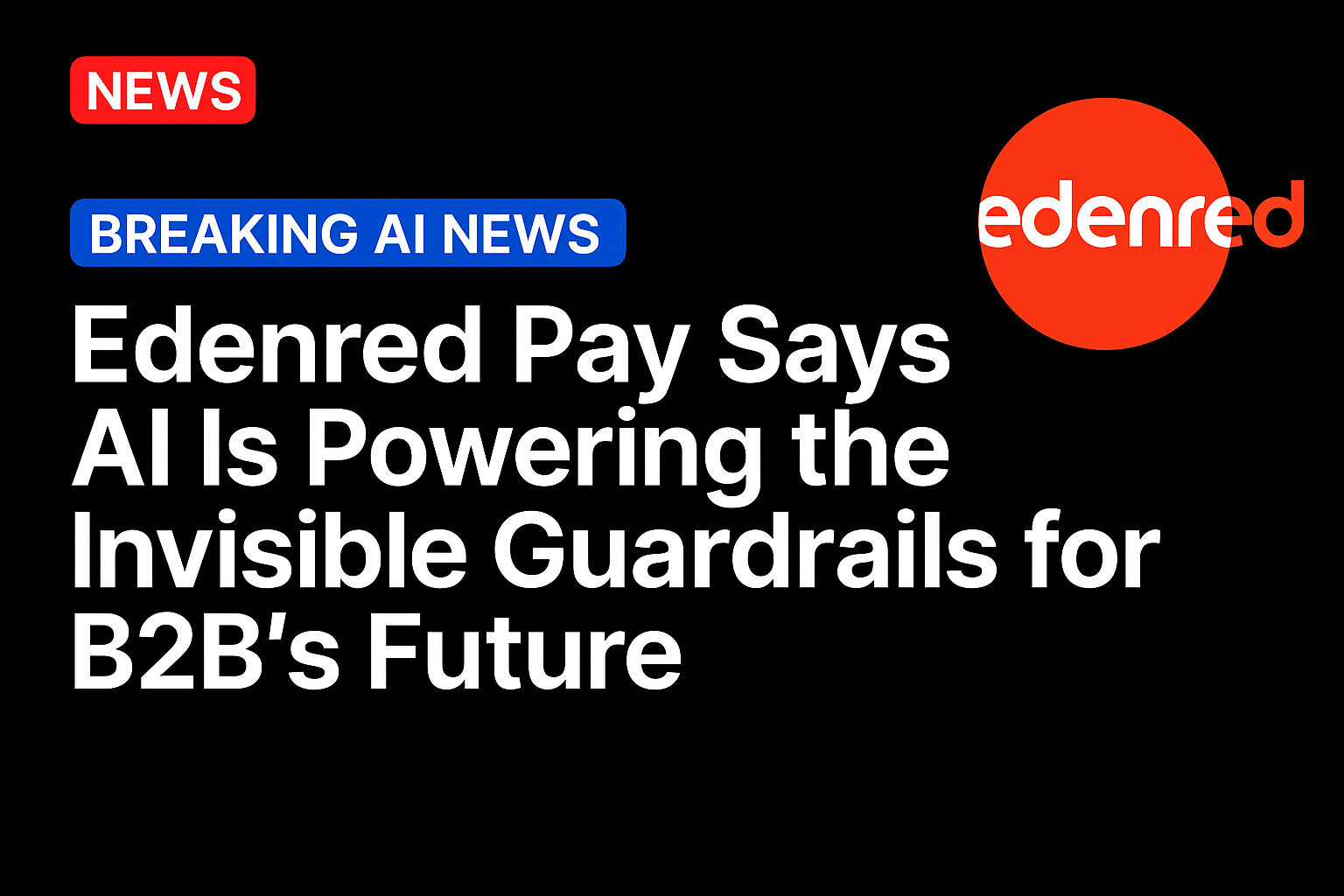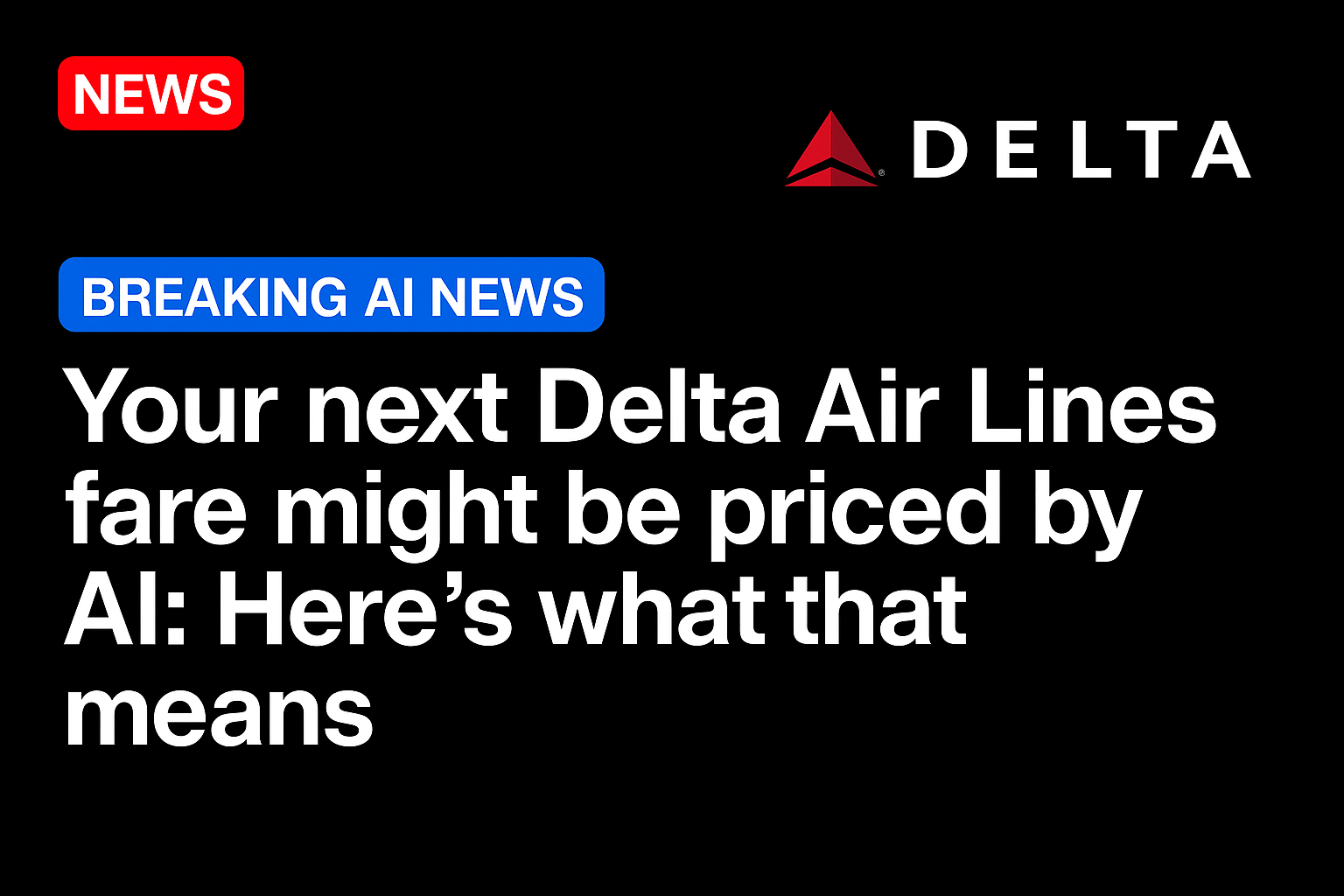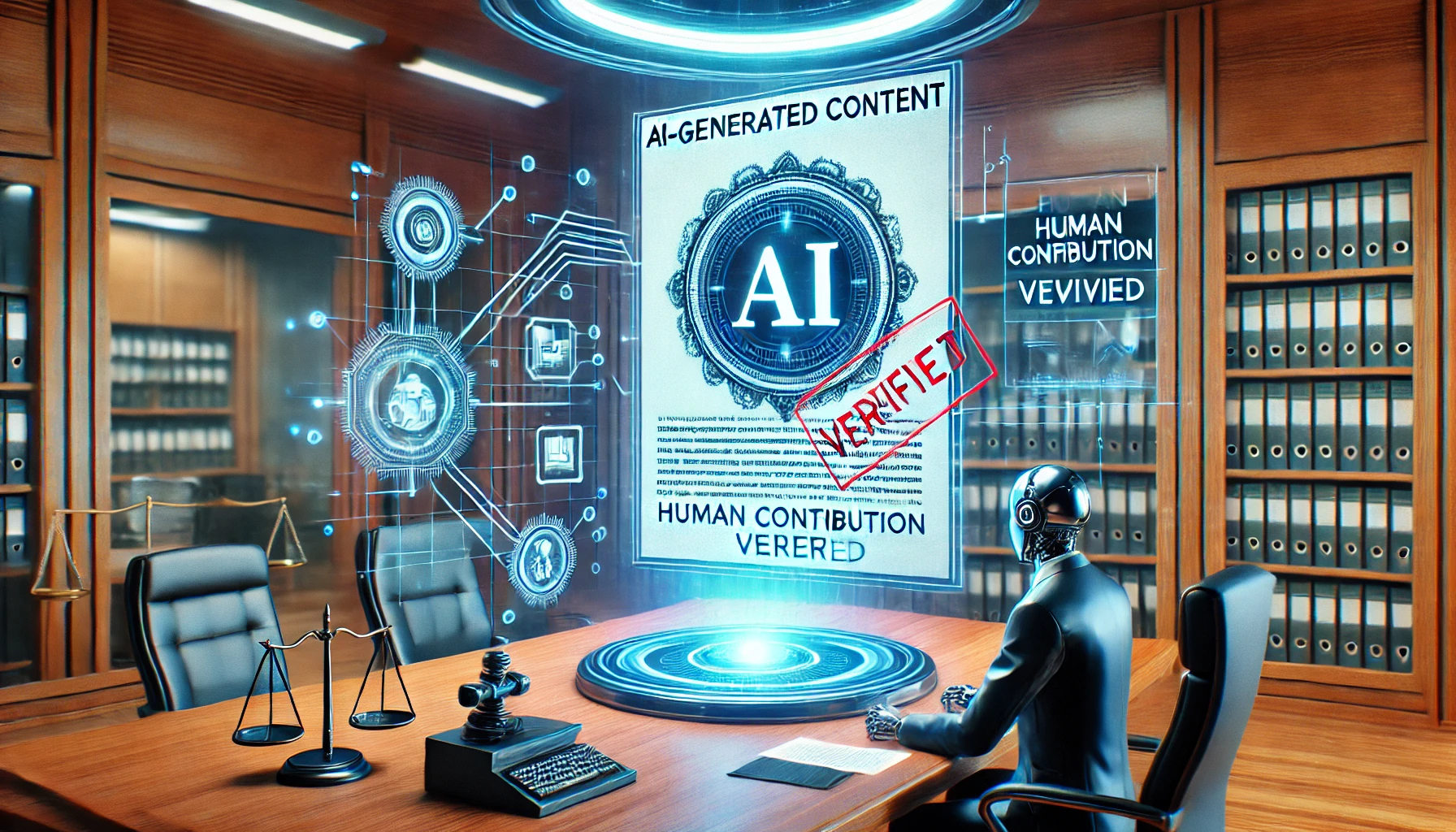Payments have never been solely about moving money. Across the context of their utility, payments are fundamentally about trust.
Trust that a transaction is legitimate, that a supplier is real, that the identity behind the purchase is authentic.
The only problem? Increasingly, that trust is under assault.
“As innovation diffuses, the table stakes get higher. And it calls into question how to create a competitive advantage,” PYMNTS CEO Karen Webster observed while hosting a discussion with Jonathan Beckham, chief product and technology officer at Edenred Pay, for the September 2025 What’s Next in Payments series, “From Trend to Table Stakes: Mapping the Next Payment Priorities.”
Against this backdrop, for Beckham the key performance indicators (KPIs) are deceptively simple: no fraud, no friction.
“What I would love to see is zero fraud and a completely frictionless process for our customers. Those are the two KPIs we’re going after,” he said. He noted that in 2024, 80% of companies faced payments fraud attempts, and only 20% of victims recovered their losses.
“We want to make sure all transactions are secure and getting to the right people in the right place, but without gigantic brick walls. Intelligent invisible guardrails. That’s where the industry is headed,” Beckham said.
In payments, it turns out, trusted invisibility might be the new differentiator.
https://players.brightcove.net/6415959430001/ScdtaQRMq_default/index.html?videoId=6379279155112
The Future of Payments Is Innovative yet Invisible
The payments industry has always been about balancing security and convenience. But as 2025 leads into 2026, that balance is poised to become harder to achieve than ever before. Fraudsters wield the same artificial intelligence (AI) tools as defenders. Consumers expect frictionless experiences. Businesses can’t afford downtime or false positives.
“It is about trade-offs,” Webster said. “Zero fraud is possible if you’re trading off a really restrictive environment. But you have to be willing to take a little risk to learn.”
“We’ve got this kind of virtual arms race,” Beckham said. “When we talk about security we’re really talking about three different things: people, processes and technology. We often forget about some of those other pieces for it too. But it’s super important that we educate and ensure that the folks that are using different systems and different technologies know how to use them and know how to interact with them.”
What is increasingly emerging is a new model: an invisible infrastructure of adaptive, intelligent and interoperable systems that protect both sides of a transaction without anyone noticing.
After all, the bar has moved. Yesterday’s innovations such as two-factor authentication, rule-based fraud detection are now table stakes.
“If you’re not applying AI and machine learning to your transactions, then you’re behind,” Beckham said. “The fraud of today is not going to be the fraud of tomorrow. We’ve got to continuously adapt and apply the technology and tools to get us there.”
AI’s Big Leap From Rules to Behavior
For years, fraud prevention meant rules. Thresholds for payments. Static policies. If you spent a dollar more than your average, alarms went off. Those alarms were, for their part, also often wrong.
“We want to simplify it down and use these systems that are creating intelligent invisible guardrails to only notify us when there’s truly an anomaly,” Beckham said. “We don’t want to get annoyed by a whole bunch of alerts or false positives.”
And while consumer payments often dominate the headlines, Edenred Pay’s own focus is squarely on the more complex world of business-to-business (B2B) transactions. That’s where the invisible infrastructure is being built.
“We essentially provide integrated payables across all of these different payment modalities,” said Beckham, stressing that each modality, whether it’s checks, ACH transfers, or virtual cards, comes with its own security mechanisms.
In the B2B world, every step, from invoice to settlement, has to be protected. Still, sometimes companies using legacy methods like checks can leave the front door to the operations wide open to fraud.
“We all know that checks are still a problem,” Beckham said. “I think in the U.S. there were some three billion checks for commercial transactions last year … and it’s still the largest vector of fraud.”
At the same time, even the most sophisticated systems are no match if people are tricked. Social engineering, business email compromise and now AI-generated deepfakes are raising the bar for attackers.
“Deepfake technology, even last year, was up five times from the year before,” Beckham said. “Business email compromise used to target CEOs. Now they’re faking vendors and taking over entire company accounts … they’re doing it in very nuanced ways.”
Building for Tomorrow’s B2B
That’s where layered defenses come in: behavioral analytics, employee education and evolving identity management standards.
“For a long time, most organizations have been around local trust and local controls,” Beckham said. “What’s really interesting here is the interoperability of identity management … sharing and validating identity credentials even for businesses and their employees.”
It’s not hard to imagine a near future where vendor identity is validated as seamlessly as tapping an Apple Wallet.
“If I can validate credentials with an independently trusted source,” Beckham said, noting that he sees this happening in the next couple years, “and use that for my business, or even for my employees … I think that’s a really interesting space that’s happening and starting to mature.”
The analogy he draws is with secure websites.
“We have certificate issuers for secure websites, right? Those trusted providers are audited and have credentials themselves. I see that in a similar type of way within these KYB and business identity credentials,” Beckham said.
Source: https://www.pymnts.com/




